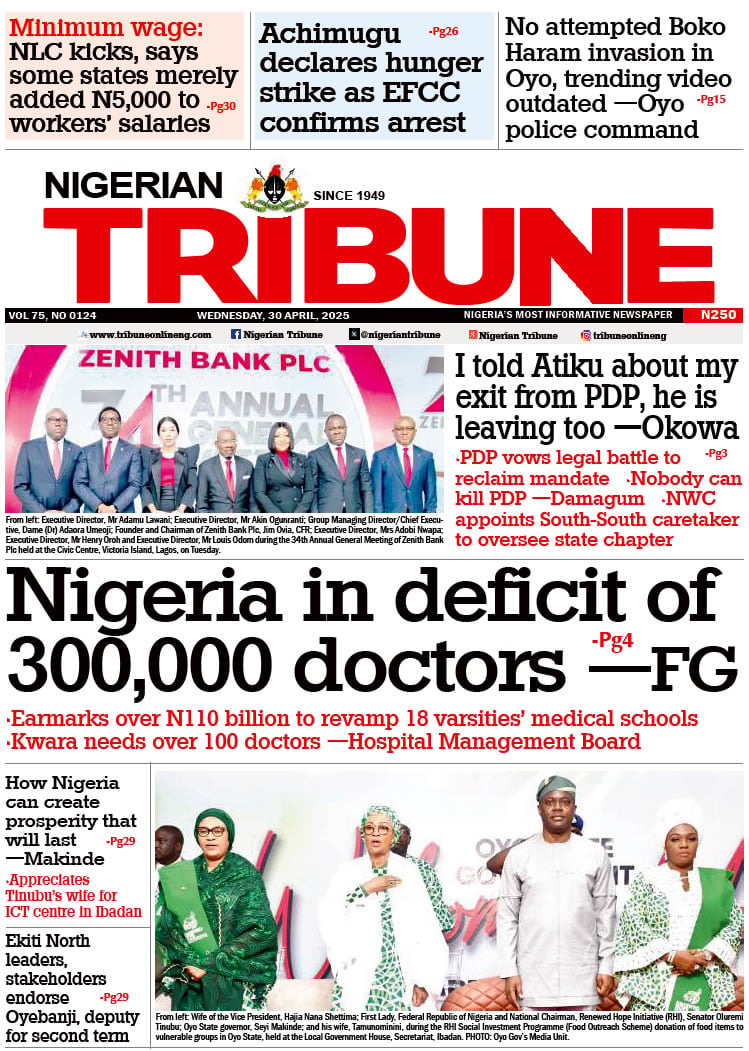A new poll released by NOIPolls Limited has revealed that the markets are now the most common physical places where counterfeit currencies are being circulated.
With 67 per cent of respondents in a recent poll confirming this, it comes as no surprise, given that some counterfeiters may see the market place as the most porous place to spread fake notes due to the wide range of small business establishments who may not notice during transactions.
The NoIPolls report released on Tuesday further revealed that 41 per cent of respondents are aware of the recent circulation of counterfeit currencies (also known as fake naira notes) in the country, and 19 percent of this proportion disclosed that they have personally come in contact with counterfeit currencies within the last three months.
When a currency is forged and produced illegally other than by the recognised authority of the Central Bank of Nigeria, and is used or is intended to be used as a legal tender in transactions, it is regarded as counterfeit.
According to the report, some businesses suffer losses due to their inability to recoup their money as banks confiscate fake notes at sight. Commercial banks (20 per cent), public transport (five per cent) and ATMs (three per cent) were also mentioned as avenues for circulation. Further probing revealed that only five per cent of the respondents admitted to spending the fake naira notes that came into their possession.
The opinion poll was conducted in the week commencing March 6, 2017. It involved telephone interviews of a random nationwide sample. 1,000 randomly selected phone-owning Nigerians aged 18 years and above, representing the six geo-political zones in the country, were interviewed.
More findings from the poll revealed that there is some level of awareness of the circulation of counterfeit naira notes in the country as 41 per cent admitted that they have been privy to such information, mainly through word of mouth (53 per cent) and traditional media (25 per cent) amongst others; although the majority (59 per cent) showed no awareness.
In addition the report observed, while the Naira notes are protected by a number of security features to enable the recognition of genuine notes, the distinguishing features can immediately be recognized by touch and visibility such as the raised print, the security thread and the watermark, to mention a few. In line with this, some Nigerians are knowledgeable of these features, citing texture (42 percent) and the absence of the distorted hologram (25 per cent) as ways of distinguishing between genuine and fake notes.
The poll result also noted 56 percent of the respondents are of the opinion that the Central Bank of Nigeria is not doing enough to create awareness about the circulation of these counterfeit currencies, neither are they giving citizens adequate tips on how to detect them. The implication of this is that more fake Naira notes may be allowed to circulate in the society. This in turn will lead to a reduction in the value of the genuine currency; increase in prices (inflation) due to more money getting circulated in the economy, an unauthorised artificial increase in money supply; and losses, when traders are not reimbursed for counterfeit money detected and confiscated by banks.[1] This suggests that the Central Bank of Nigeria needs to do more to create awareness on the implications of the circulation of fake currencies, as well as provide tips on how to detect a fake currency. These are some of the key findings from the Counterfeit Currencies poll conducted in the week commencing March 6th, 2017.
It should be remembered that the Central Bank of Nigeria (CBN), said in February that only less than one percent of the Naira in circulation was fake. This wad in reaction to claims by a former deputy governor of the bank, Dr. Obadiah Mailafia that up to 20 percent of the Naira in circulation was fake.



